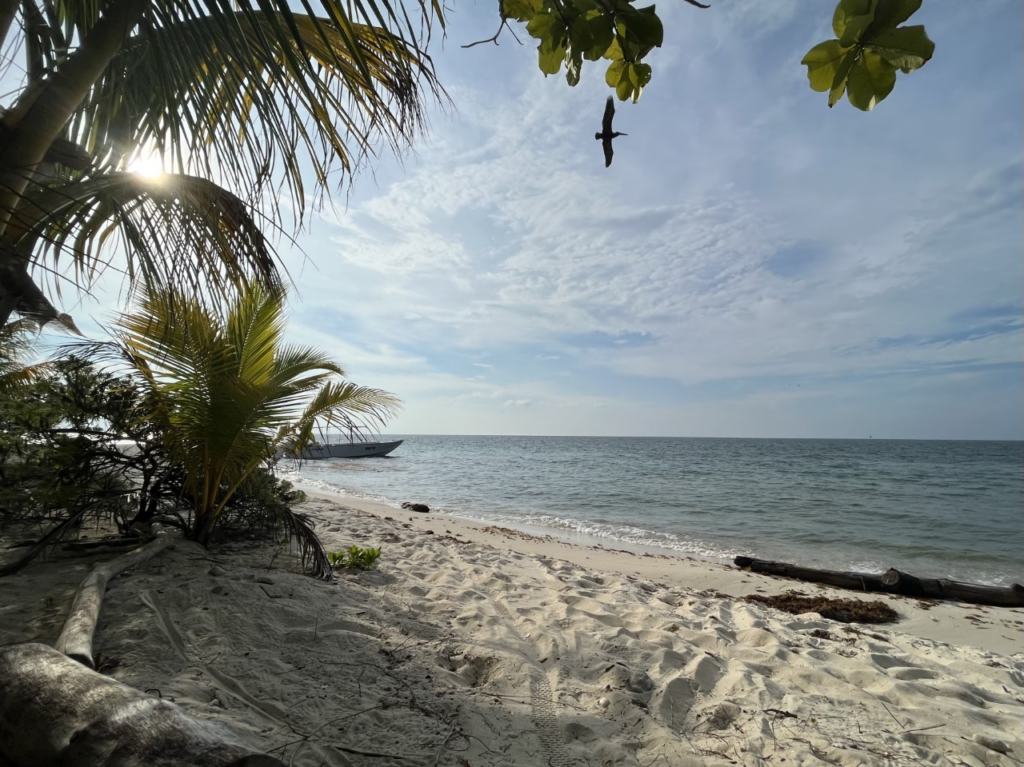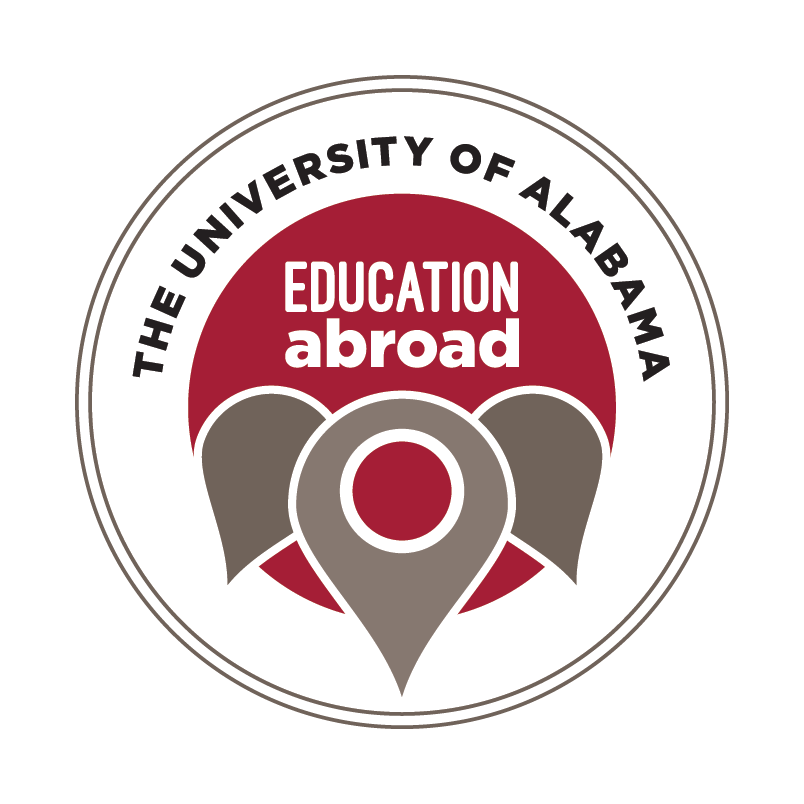Lime Caye was the full island experience; small, remote, and tropical. Activities included fishing, hammocking, volleyball, and lots of snorkeling. There was always something to do between snorkels, meals, and class, even if it was just sitting on the beach watching the Brown Pelicans fish. If I ever did get bored there were always fish identification books around so I could add to my biodiversity list. I also enjoyed the opportunity to get off the island and visit other Cayes like Hunting and Nicolas. Hunting had remains of an old resort and boa constrictors, and Nicolas had wild fruit to try like coco plums, coconuts, and sugar cane. I started to get a sense of the geography of the islands while going fishing with our guides who took us out fishing almost every morning. I even caught a barracuda and prepared it for dinner that night. There was a good variety of snorkeling and no two spots felt the same, like the shipwreck, sandbar, and drop-off. I thought I might get tired of snorkeling on this trip but I definitely haven’t yet and look forward to going back out every day. I’ve seen several new species every day and documented them in my journal.
Research Update
I chose ocean plastic pollution as my research project for this trip. So far our team has collected and documented three wrackline samples, one from each island we visited. We sorted every piece of plastic from the one meter square section into categories like food, consumer, fragments, medical, and microplastics. These labels will help us understand which industries contribute most to ocean plastics. Styrofoam is by far the most common plastic we found. In addition to the wrackline analysis we have been collecting surface water and sediment samples while snorkeling. We plan on analysing these under a microscope when we get to South Water Caye. We also created a set of interview questions about ocean plastic regulations and got several responses from locals. This information will be a useful reference for our final presentation next week.

